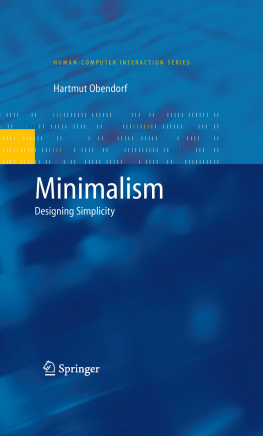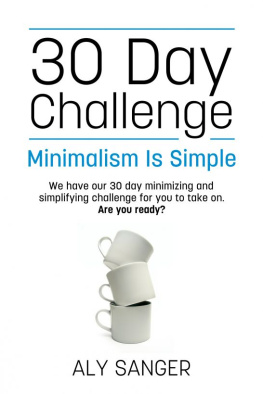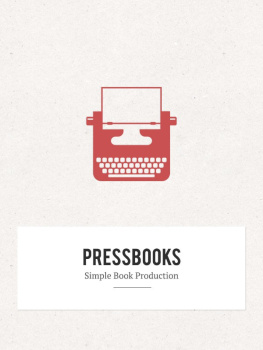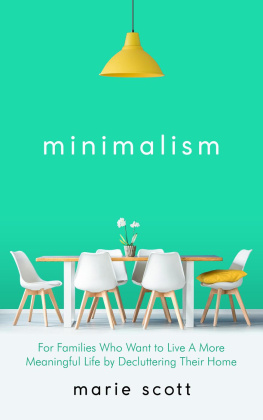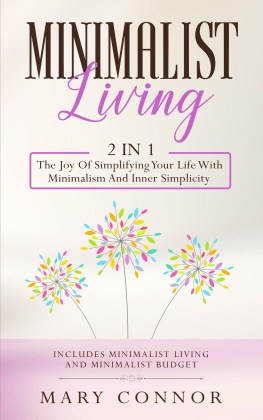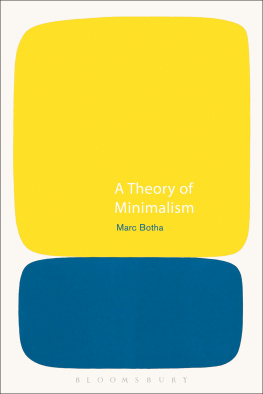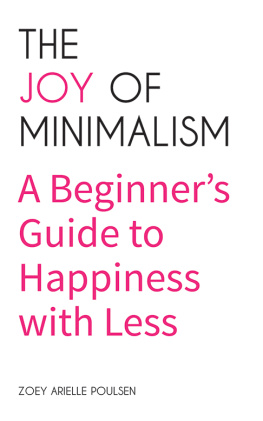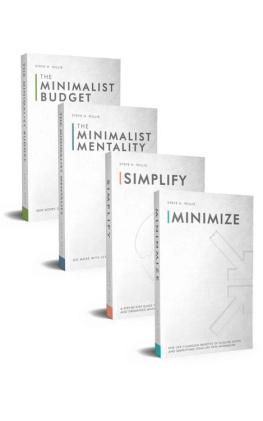In todays increasingly complex society, the digital revolution, creating new tools and new ways of working, has contributed additional layers of complexity to our lives even though it set out to make work faster and simpler by building machines that help us calculate and even though mastering complexity through abstraction and systematization has been one of the constitutive goals of computing science.
New questions were raised by the dissemination of computer artifacts throughout society and, with the advent of informatics as a research discipline that complements computer and computing science, focus shifted from the engineering view of reducing complexity for the designing engineer to reducing complexity for the end user and ensuring his/her being in command of the procedures employed. Inseparably bound together, both complexities cannot be analyzed in separation; many problems that surface when systems are put into use are caused by engineering complexity adding to application complexity.
Reducing this complexity is the purpose of the use-centered design of interactive systems. Ideals such as simplicity play an important role in the self-conception of this discipline. Design aims to create interactive systems so simple they are no longer recognizable as systems, but fade into the background, quietly enhancing our abilities. What, however, is simplicity? The meaning of simple changes with both protagonist and subject, with both source and focus of perspective. Common to all notions of the simple is only their relative naturethey all refer to some type of reduction .
In this book, the notion of minimalism is proposed as a theoretical tool supporting a more differentiated understanding of reduction, and thus forms a standpoint that allows to define aspects of simplicity. Possible uses of the notion of minimalism in the field of human-computer interaction design are examined with both theoretical and empirical focus, yielding a range of results: Minimalism defines a radical and even potentially useful standpoint for design analysis. As the empirical examples demonstrate, it has also proven to be a useful tool for generating and modifying concrete design techniques.
1.1 Motivations for Minimalism in HCI
The skeptical reader may ask, Who needs the notion of Minimalism? And is it necessary to examine and explain simplicity ? In practice, simple systems can be created without the need for a theoretical conception: experience or even trial and error will eventually produce simpler, better solutions. Fieldwork, user modeling, and user testing can help to identify these, and successful engineering techniques exist to realize them.
It is not only the scientific interest of understanding simple design that motivated this book. Clearly, random hill-walking will get results, but would it be not only much more gratifying, but also far less expensive if simplicity could be planned for? The practitioner should be able to consciously choose his/her tools and make informed design decisions reflecting exactly those aspects of simplicity his/her design tries to achieve. To this end, this book defines an ideal for design, focuses on reduction as a technique, and draws on the notion of minimalism to differentiate understanding of simplicity (see Section for spoilers). The resulting minimalist terminology helps to understand qualities of designs and how these qualities are created in design techniques and processes.
1.1.1 Machine Beauty = Power + Simplicity
There is a continuous and controversial argument about the relation and prioritization of usefulness and beauty in design and about the influence of aesthetics on usability or usefulness of artifacts. While the field of human-computer interaction has long been focused on fitness for tasks, or functionality, the discussion currently seems to bend toward embracing funology or the anticipatory specification of use experiences (e.g. Norman, ).
David Gelernter introduced a concept that dissolves this constructed dualism: for him, machine beauty encompasses both the usefulness of an artifact and the joy its use will generate. Machine beauty is created through the combination of power and simplicity. Beauty, thus, is more than skin deep, more than a feeling to be measured; it is an explanation for the intrinsic quality of tool-ness that a good design emits (Gelernter, ). The term machine beauty also highlights the fact that the strength of great tools comes through a combination of abilities and their ease of access. While human-computer interaction methodology customarily used efficacy (or effectiveness) and efficiency as measures for usability, Gelernter stresses that machine beauty is created through more than power or simplicity in isolation.
A concentration on power and simplicity is nothing new in design: The Bauhaus school of design followed the motto of form follows function and aimed to abolish superfluous decoration. This led to an explicit focus on functionality. However, it turned out that this simply rephrased the design question as what is function?, and the differentiation between decoration and function is seldom easy (cf. Section 5.5.1). A central objective of this book is thus the examination of the question what is simple? And due to the relative nature of simplicity, the question of degreehow simple must it get?follows immediately on its heels.
1.1.2 ReductionGive Up or Gain?
Less is more. This is a mantra that has been followed by many a designer. Yet, it does not answer the two questions given above, it does not tell what exactly should be less, and how much less is still more. And is not more sometimes more also ?
In this work, a methodor rather a procedurefor producing machine beauty is examined in more detail: reduction. It is important to keep in mind during the lecture in the following pages that the central proposition less is more should not be understood singularly as simple is better. Although there may be some merit in this weaker statement, less is more also acknowledges the need for power, the quest for functionality that can be observed in almost any digital artifact. It should also be kept in mind that other methods and tools exist for the designer or the engineer; reduction is not always useful and sometimes dangerous for the product. Yet again, while universal machines are theoretically elegant solutions, tools for the real world need not be Turing complete. While the Swiss army knife has many functions, it is inferior to specialized tools whose power often accrues out of limitation; in other words, not everything constructed by a computer scientist should be a computer, lest universal power be hidden by universal complexity.
Reduction, as such, often seems to be deceptively easy as the result of a reductive process appears to be simple and less than before; all one needs to do is strip off the superficial ornamentation, ask for less unnecessary interaction, concentrate on key tasks and thus provide less superfluous functionality, or introduce a service layer that conveniently defines away the underlying complexity of the service infrastructure.
However, reduction is almost always hard work: ornamentation is difficult to discern from nice design, established procedures must be followed for the sake of consistency, and breakdowns all too often expose the underlying infrastructure, making repair impossible as no interference with the hidden complexity is possible. And even the introduction of reduction as an ideal into the design process is extremely difficult: more pre-planning might be necessary, the benefit of spending extra money to perhaps lower hidden costs that would surface later is difficult to prove. Development processes are often driven by features, internally motivated by the developerseasily observable in open source projects and externally by marketing demandsreduction is hard to sell as a feature.

